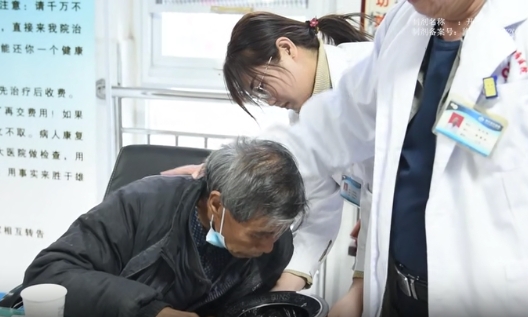
November 09, 2024
According to the epidemiological investigation in North China, 25% to 60% of patients with esophageal cancer have a family history. In most cases, these patients have lived with other family members who have esophageal cancer for more than 20 years. In addition to genetic factors, exposure to common environmental carcinogens may be more important.
It was reported in 1958 that in Liverpool, England, there were 18 cases of esophageal cancer among three generations of two families, 17 of which had obvious keratosis (keratosis of palms and soles). Among 87 family members without keratosis, only one had esophageal cancer, and this patient may also have had keratosis. After continuous follow-up of these family members, it was found that the incidence of esophageal cancer was very high in members with keratosis, while no esophageal cancer occurred in members without keratosis. Keratosis is an autosomal dominant genetic disease, and this susceptibility to esophageal cancer may be related to genetic factors. In recent years, there have been increasing reports of esophageal cancer patients with keratosis. Excessive keratosis and oral leukoplakia may be related to the occurrence of laryngeal cancer, gastric cancer, and bronchial cancer, but not all patients with keratosis will develop tumors. In the high-incidence areas of esophageal cancer in China, although oral leukoplakia is more common in patients with esophageal cancer, no correlation has been found between it and skin keratosis.

In a village in Khorasan Province, eastern Iran, there were 13 cases of cancer in three generations of a family, 9 of which were esophageal cancer, and 6 occurred between the ages of 23 and 40, while the local high-incidence age was 50 to 54. Consanguineous marriage may have increased the family's susceptibility to tumors, but no cases of keratosis of palms and soles were found.
Seven families with a history of esophageal cancer in Linxian County were studied and reexamined in 1980. In some large families, the lineage could be traced back to more than ten generations, but the causes of death were not clear in some cases. Most members of the latest two generations have not yet reached the high-incidence age of cancer, so it will be necessary to wait three to four more generations to obtain more obvious results. The patients in Family 1 had obvious consanguinity, while most patients in Families 3, 5, and 7 were either distantly related or completely unrelated. In these seven families, most patients belonged to the latter two situations. For example, the esophageal cancer patients in Families 2 and 3 were mainly daughters-in-law. The study of family history does not currently support that genetic factors play a major role in the etiology of esophageal cancer.